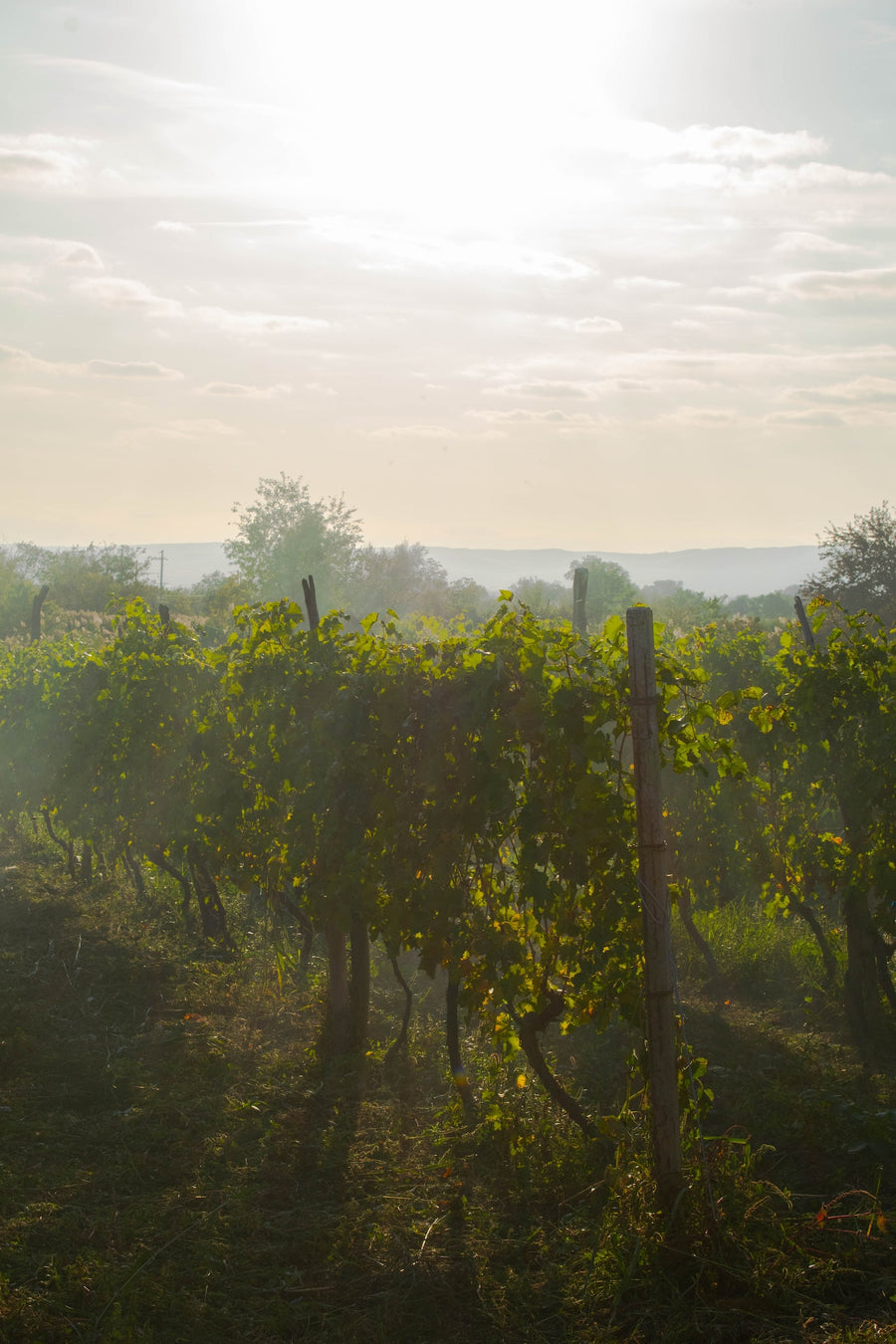
The Rhône Valley is one of France's most significant wine regions, encompassing approximately 66,000 hectares of vineyards . The region follows the Rhône River from northern France near Lyon to the southern area around Avignon and is traditionally divided into two main areas: Northern Rhône and Southern Rhône.
History: Wine production in the Rhône Valley dates back to ancient times, with Greek and later Roman settlers introducing viticulture to the area. In the 14th century, when the pope moved to Avignon, the region gained increased recognition for its wines, especially from Châteauneuf-du-Pape, which means "the pope's new castle" .
Northern Rhône: This area is relatively small, with about 2,700 hectares of vineyards . The steep, terraced vineyards are situated on granite slopes along the river. The climate is continental, featuring hot summers and cool winters. Syrah is the dominant red grape variety, often accompanied by small amounts of the white grapes Viognier, Marsanne, and Roussanne. Notable appellations include Côte-Rôtie, Hermitage, and Condrieu.
Southern Rhône: This larger area covers approximately 71,000 hectares and has a Mediterranean climate with hot summers and mild winters. The soil varies from limestone and clay to sand and pebbles. Grenache is the primary red grape variety, often blended with Syrah, Mourvèdre, and others. Famous appellations include Châteauneuf-du-Pape, Gigondas, and Vacqueyras.
Natural Wine in Rhône: In recent years, the Rhône Valley has seen a growing interest in natural wine. Many producers, especially in the Southern Rhône, have adopted organic and biodynamic practices, resulting in wines that express their terroir with minimal intervention. This has led to a new wave of innovative and authentic wines from the region.
Read More




























